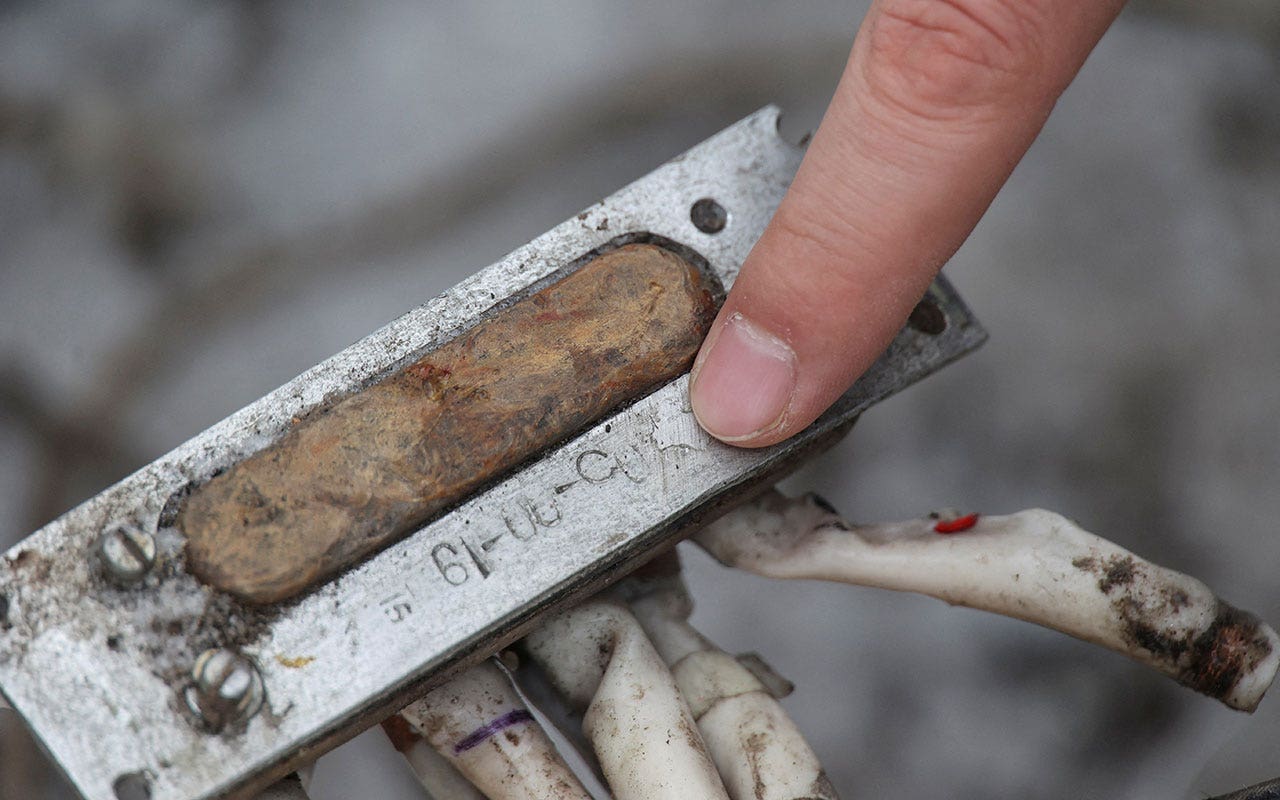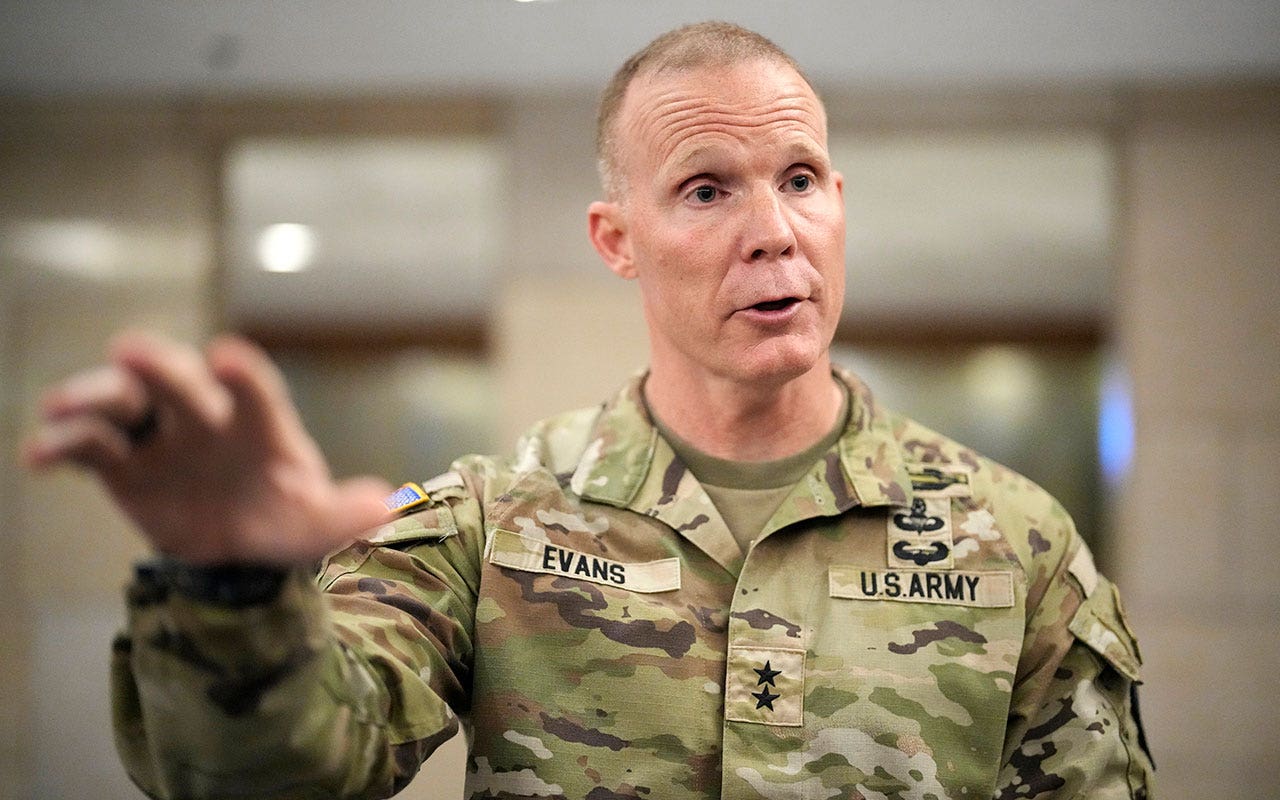The Australia Letter is a weekly newsletter from our Australia bureau. This week’s issue is written by Damien Cave, the Australia bureau chief.
Earlier this week, as I stood in line at the Sydney Opera House for an event in the concert hall with Amy Poehler tied to the new movie “Inside Out 2,” I looked around at the large crowd.
There were young and old, men and women of various races and fashion styles. The place was packed, and large animated art danced across the famous sails, courtesy of the Vivid Sydney festival.
I thought back to all the events I’ve gone to at what is affectionately known as “the house.” On its handful of stages, I’ve seen Shakespeare, a drama about the Oxford English Dictionary and a big-budget musical that later landed on Broadway. In its main performance hall, I’ve listened to classical music and soul music and a reimagining of Bob Dylan.
Outside, in just the past year, I’ve had beers on the stairs listening to “The War on Drugs” play on a stage facing the harbor, and The Pixies, too. Inside, on the main stage, I once interviewed the Harvard historian Jill Lepore about American politics for an ideas festival.
In a hallway, I’d run into Tim Minchin, the creator of “Matilda.” One night I said hello to Lianne Moriarty, the author of “Big Little Lies.” After Amy Poehler finished, I walked by Emma Watkins, of the children’s pop group the Wiggles. And at the bar or on the way to the bathroom over the years, I’ve seen some of Australia’s most powerful politicians along with some of my neighbors and quite a few strangers who struck up interesting conversations.
I recount all of this only because, to me at least, it’s extraordinary. Never in my life have I had such a deep and varied bond with a cultural institution, never have I seen so much in one place and never have I felt so at home and so connected to a creative community in a place of art, no matter if I was wearing jeans, shorts or the fanciest thing I own.
The only other cultural institution that comes close, for me, is the Metropolitan Museum of Art in New York. I grew to love its paintings and narrow hallways linking up huge rooms of grand display in my 20s after my aunt, a former dancer, told me I didn’t need to pay the suggested entry fee if I didn’t have the money. She didn’t have it when she was young; neither did I.
So I went to the Met on many a winter weekend to wander and find warmth, peace and inspiration in the late ’90s. It was the first place I learned that art need not require wealth or snobbery, that creativity nourishes all souls, not just those with their names on the wall.
It’s a conviction that I’ve carried with me through many countries and experiences that challenged that idea of democratic art. Attending events at privately owned museums in Mexico City and Miami for reporting, I often felt discouraged by the status-hungry crowds and curators.
But the Sydney Opera House has always felt different, and honestly, I’m still trying to work out why.
Perhaps it’s at least partly the architecture, soaring on the outside and remarkably mundane and decoration-free in its interior. The grayish-beige walls leading into the main hall would not be out of place in a German factory from the 1950s.
Mostly, though, I think it’s the programming and the clear commitment to making the house as accessible as possible to as many people as possible. High art and mass-market art are welcome at the house. Sometimes the work requires years of study to fully understand; sometimes no preparation at all is needed. Fun often seems to be an explicit goal.
At a time when trust in government has been declining around the world, it’s also worth noting that this has less to do with rich donors than democratic tradition and oversight. Unlike Lincoln Center, which was mostly built with help from the Rockefeller family, the Sydney Opera House was funded by the state lottery and the Australian government.
There were huge debates and discord throughout the early years, when the budget far exceeded estimates, but Australians never let go of the place: The Sydney Opera House Trust, created in 1961, has 10 members appointed by the governor of New South Wales.
The people in charge at the moment include a former real estate executive who is the chair of the National Housing Supply and Affordability Council; the artistic director of a poetry slam in western Sydney; and an audit and risk expert who is a member of the Sydney Philharmonia Choirs. Their talents run the gamut, beyond fund-raising alone.
And the result is a welcoming, unpretentious icon. The Sydney Opera House is the country’s No. 1 tourist destination and its busiest performing arts center. It hosts more than 1,800 performances attended by more than 1.4 million people each year.
On Monday night, I was among them — and very happy to be there yet again. I’ll be back for “King Lear” next month.
Now here are our stories of the week.
Are you enjoying our Australia bureau dispatches?
Tell us what you think at NYTAustralia@nytimes.com.
Like this email?
Forward it to your friends (they could use a little fresh perspective, right?) and let them know they can sign up here.






